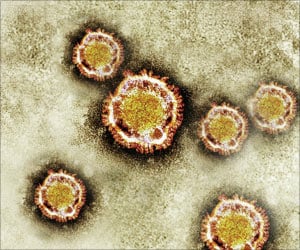Pitching mound height can affect an athlete’s throwing motion, thereby leading to potential injuries due to stress on the shoulder and elbow says a new study.
A new study, conducted on baseball pitchers, has revealed that pitching mound height can affect an athlete’s throwing motion, thereby leading to potential injuries due to stress on the shoulder and elbow.
The team of researchers led by Dr William Raasch, Associate professor of orthopaedic surgery at the Medical College of Wisconsin in Milwaukee involved 20 top-level, elite pitchers from Major League Baseball organizations and Milwaukee-area NCAA Division I-A college pitchers.“Our researchers employed a motion analysis system using eight digital cameras that recorded the three-dimensional positions of 43 reflective markers placed on the athletes’ bodies,” said Dr. Raasch.
“Then we analyzed the pitching motion at mound heights of the regulation 10-inches, along with eight-inch and six-inch mounds, as well as having the athletes throw from flat ground,” he added.
They observed if there is increased stress on the shoulder or the elbow based on the height from which the pitcher has thrown.
A kinematic analysis provided information regarding pitching motion (position and velocity), while the kinetic analysis determined the forces and torques generated at the shoulder and elbow.
“We found that compared to flat ground, pitchers using a 10-inch mound experience an increase in superior shear and adduction torque in the shoulder – meaning there’s a greater amount of stress on the joint surface and surrounding structures,” said Raasch.
Advertisement
“It also can make it difficult for the athlete to replicate the same throw and develop a consistent strike,” he added.
The study was presented at the 2007 MLB Winter Meetings at the joint session of the Major League Baseball Team Physicians Association and Professional Baseball Athletic Trainers Society.
Source-ANI
SPH/M










